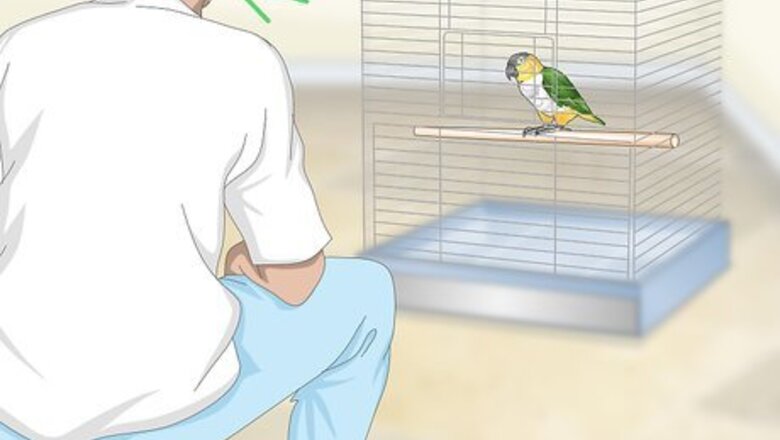
views
Introducing Touch Slowly
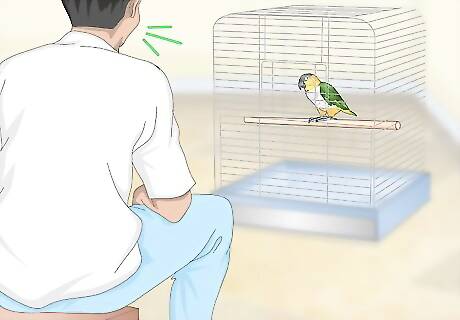
Give a new parrot a few days to get used to you. If you just got your parrot, give it its space. Trying to handle a caique parrot immediately will usually backfire as your bird won't take to handling if it doesn't feel safe. For the first few days, do not attempt to handle your parrot. While you shouldn't attempt to handle your parrot, allow it to get used to your presence. Stay in the same room as your parrot and talk to your parrot to help it get used to you.
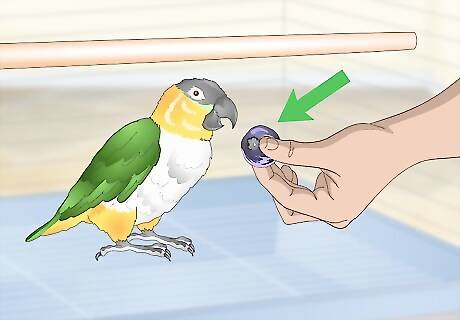
Start by offering your parrot a treat. You can buy treats for your parrot at any pet store or offer it things like fresh fruit. Hold the treat near your parrot and wait for it to take it from your hand. It may take a few days for your parrot to accept a treat from you. After your parrot is willing to take treats directly out of your hand, spend a few days simply offering your parrot treats. Fresh fruits and vegetables are usually appropriate treats for a parrot, but refrain from offering a parrot avocado. Avocados are toxic to parrots.
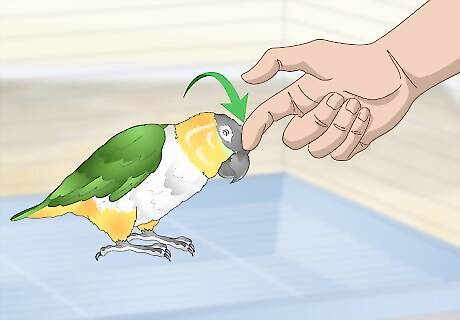
Scratch your parrot's head. After your parrot comfortably takes treats from you, scratch its head after presenting it with a treat. This will get your parrot used to your touch and teach it to associate handling with positive things. Avoid putting your hand over your bird's head when you scratch it. Instead, come up the side of your bird's head with your hand. Make sure to move your hands slowly when scratching your parrot and keep your hands visible. If you move too quickly, your parrot may perceive your hands as threatening and bite.
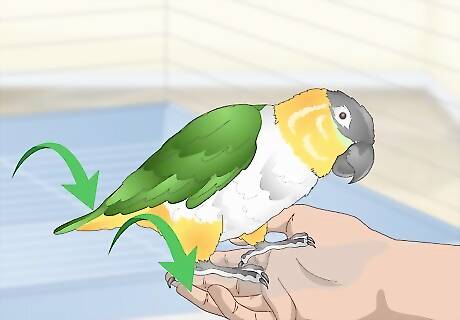
Let your parrot climb into your hand. After your parrot's comfortable being scratched and fed, hold your hand out to your parrot. Let your parrot climb onto your hand or perch on your fingers. Most parrots will eventually climb in your hand on their own after a few days or weeks. It's very important your parrot comes to you on its own terms so it doesn't feel threatened. Do not force a parrot into your hand. Let it make the decision to get onto your hand on its own.
Train your parrot with a clicker if it's particularly anxious around you. Stand far away and click a clicker when your bird is calm. Give it a reward so it starts to associate the clicker and staying calm with getting a treat. Over time, move closer to your bird and continue to reward calm behavior. Eventually, it will get more comfortable being around you. Don't rush the process. It will take multiple sessions with the clicker for your parrot to get comfortable with you.
Handling Your Parrot Regularly
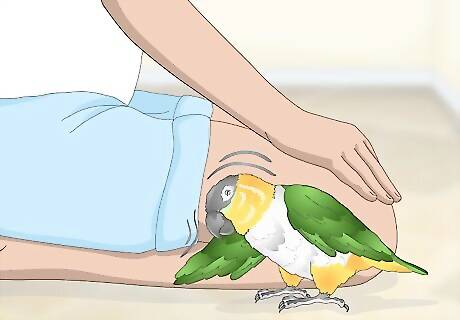
Let your bird cuddle on its own terms. With time, caique parrots will become very cuddly with their owners. However, your parrot should cuddle you and not the other way around. Once your parrot is comfortable getting in your hand and being lifted out of its cage, it should begin to cuddle and show you affection on its own time.
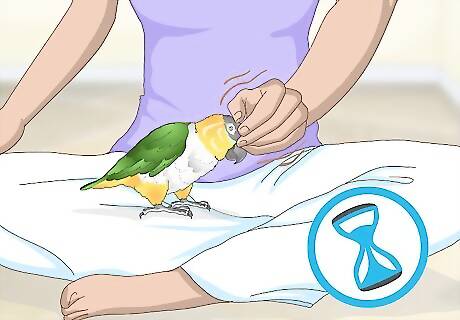
Spend time with your bird each day. To get your parrot used to being handled, consistency is key. Each time you have free time during the day, remove your parrot from the cage. Scratch its head and feed it treats so it gets more and more used to your touch. While you're in the same room as your bird doing things like chores or eating, talk to it. This can help it get used to you as well.
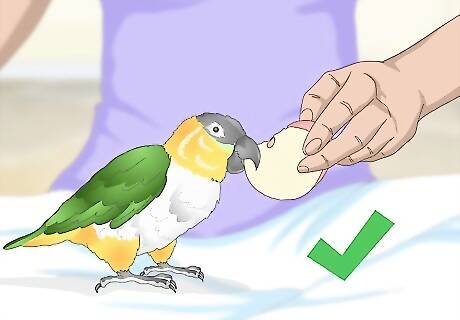
Reward your caique for behaving when being handled. It's important for a caique to think of handling as positive experience. This will prevent biting and other aggressive behaviors. Each time you handle your bird, reward it. Treats, praise, and time with toys will help your bird think of handling as a fun experience.
Dealing with Setbacks
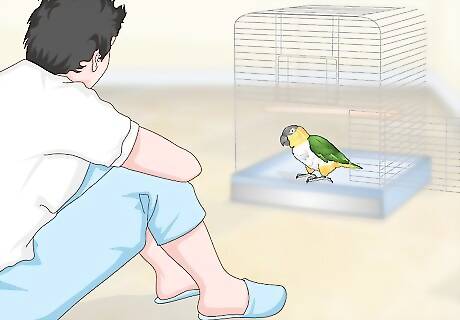
Be patient. Every caique parrot will move at its own pace. Some parrots will be ready to be handled after only a few days. Less socialized birds, however, may need a few months or more. If things seem to be going slowly, do not attempt to rush the process by petting your parrot even it shies away or forcing it into your hand. If you don't let your parrot go at its own pace, it may develop aggressive tendencies.
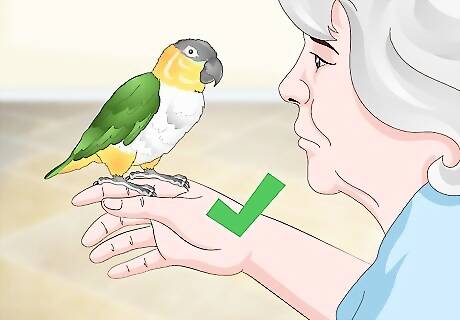
Remain calm when handling the bird. Caiques are highly intelligent birds that are very adept at picking up cues from their owners. If you handle your bird when you're stressed or upset, your bird will notice these emotions. Only approach a caique for handling when you're calm. If you feel scared, your bird will feel the same way and may become aggressive.
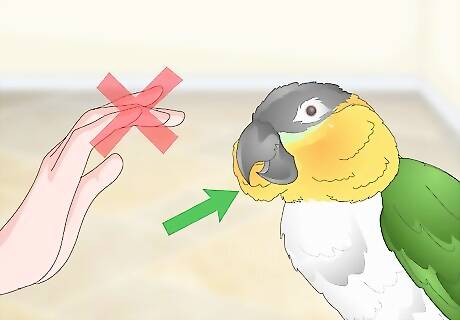
Check your parrot's body language before handling it. Never handle a caique that is in a bad or defensive mood. Behaviors like eye pinning, tense posturing, and cheek puffing indicate your bird is nervous. It's likely to bite or become otherwise aggressive when in this state, so do not handle it. To calm your bird down, stay away from its cage and out of space. You can talk to it in a soothing voice from a distance instead.
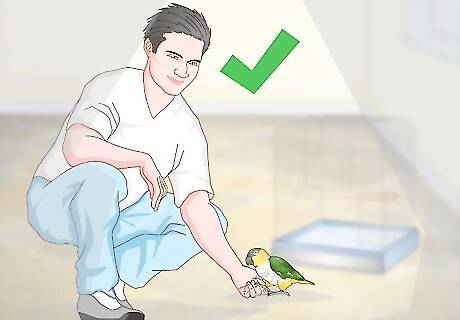
Try interacting with your parrot at night. Caiques tend to be more calm during the evening hours. If training is not going at the pace you want, try handling your parrot later at night. Your bird may be more open to being petted and touched during the evening.












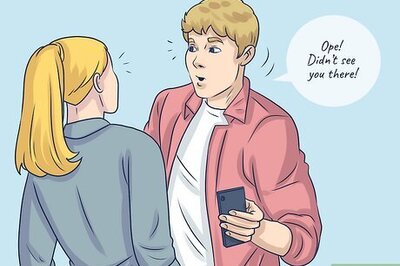







Comments
0 comment